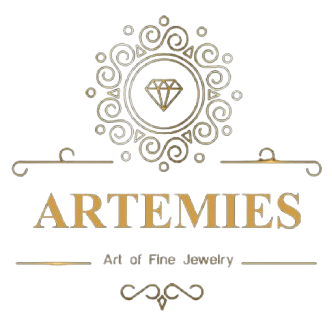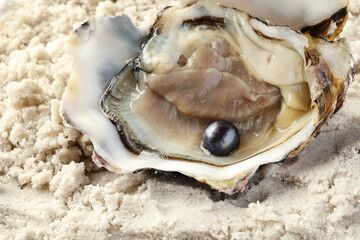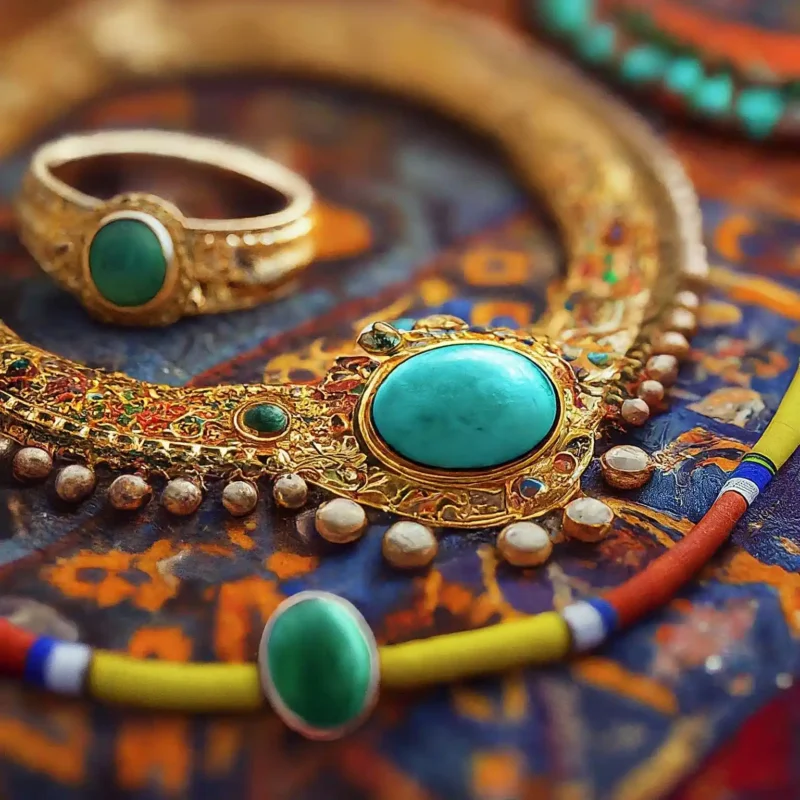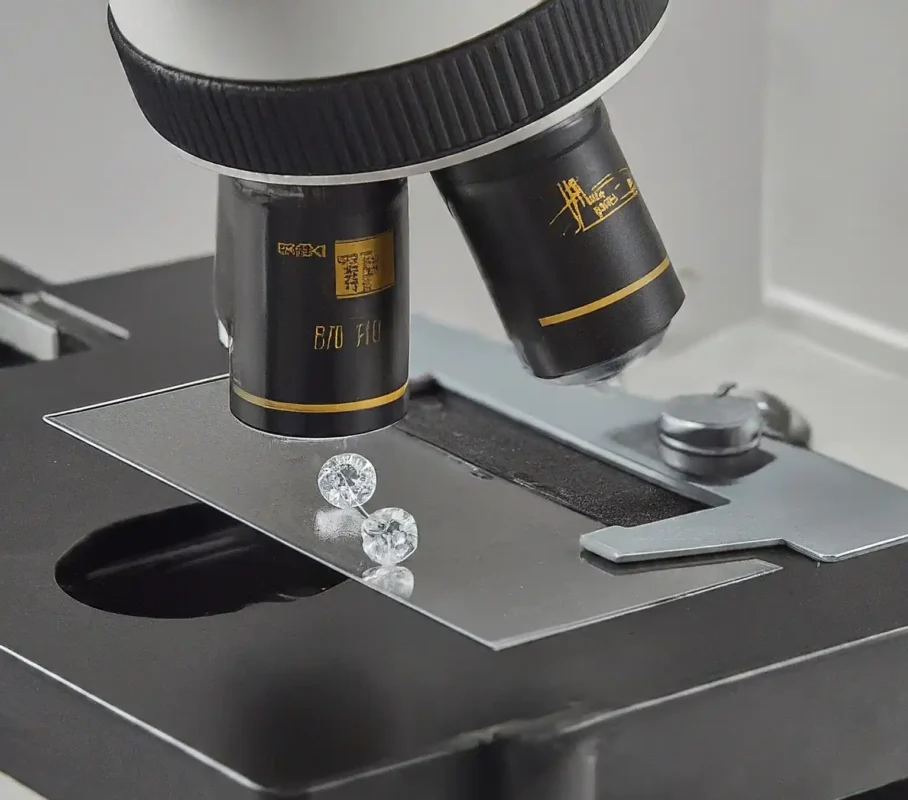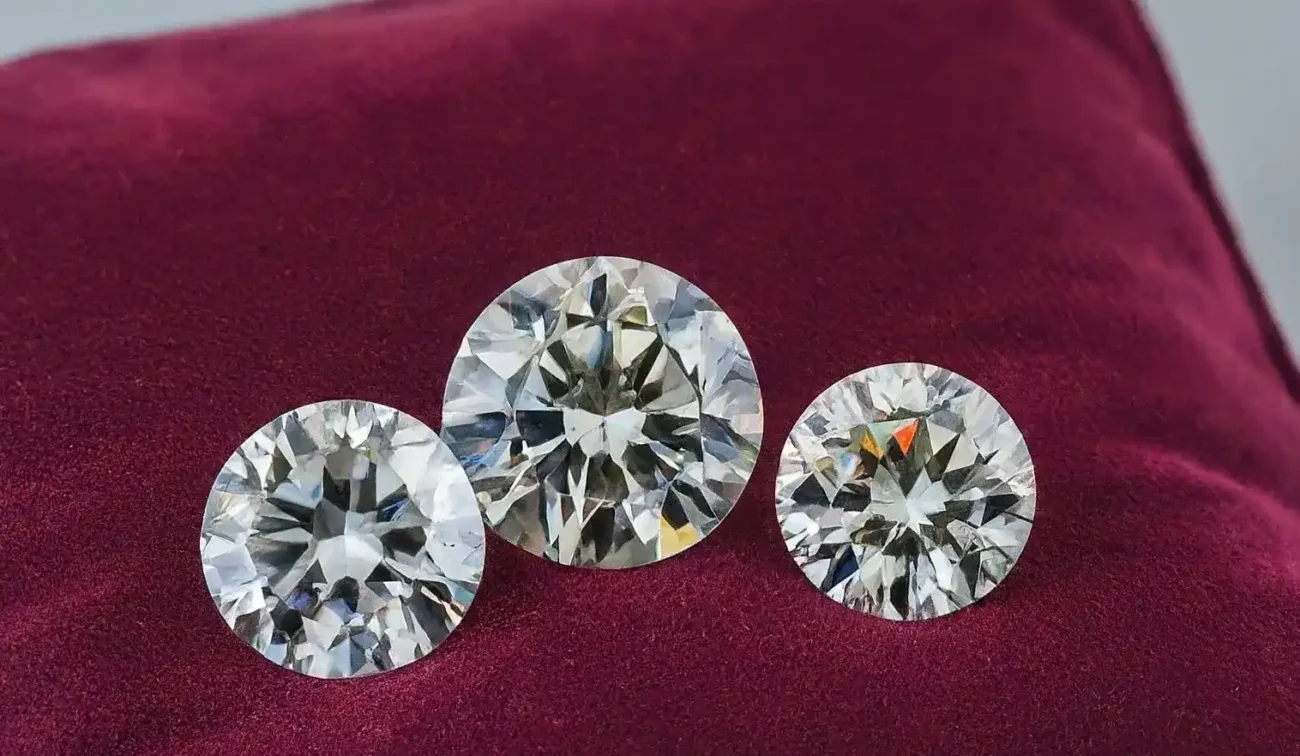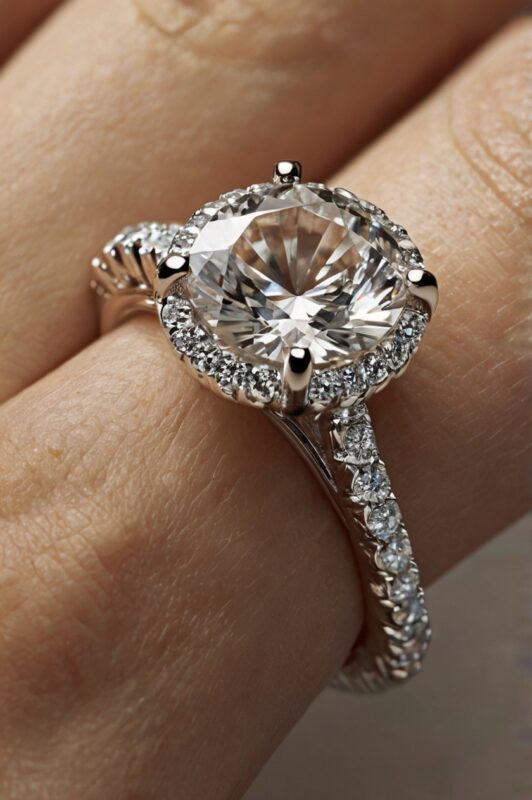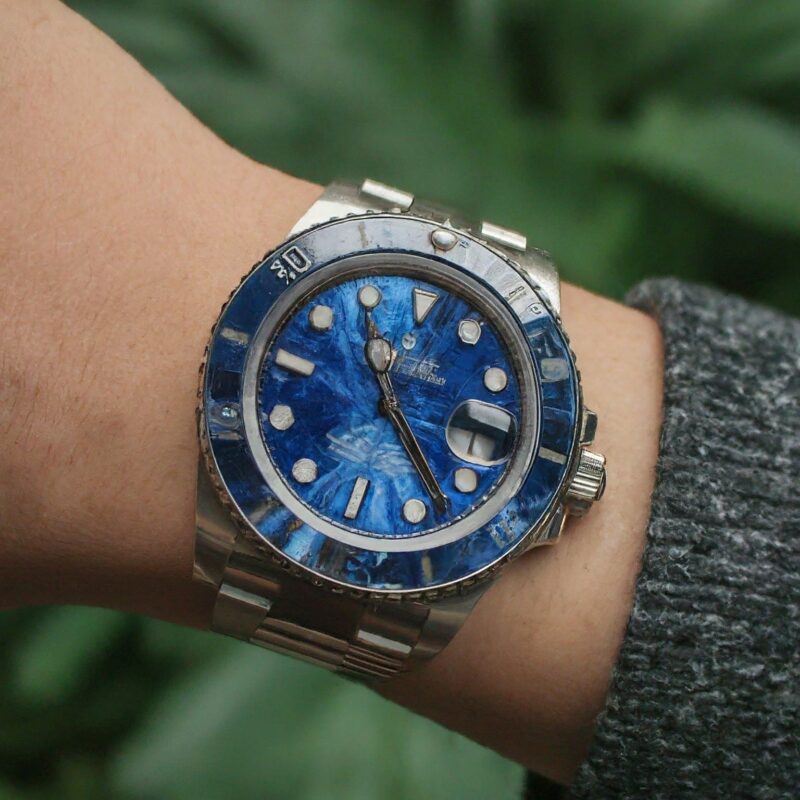Understanding the Factors That Affect the Value of a Pearl
Pearls are timeless gems, celebrated for their unique beauty and elegance. Unlike diamonds and colored gemstones, pearls are organic gemstones, and their value is determined by several distinct factors. Whether you’re buying a pearl for yourself or as a gift, understanding what influences a pearl’s value can help you make an informed decision. This article delves into the key factors that affect the value of a pearl, including size, luster, surface quality, shape, and color.
